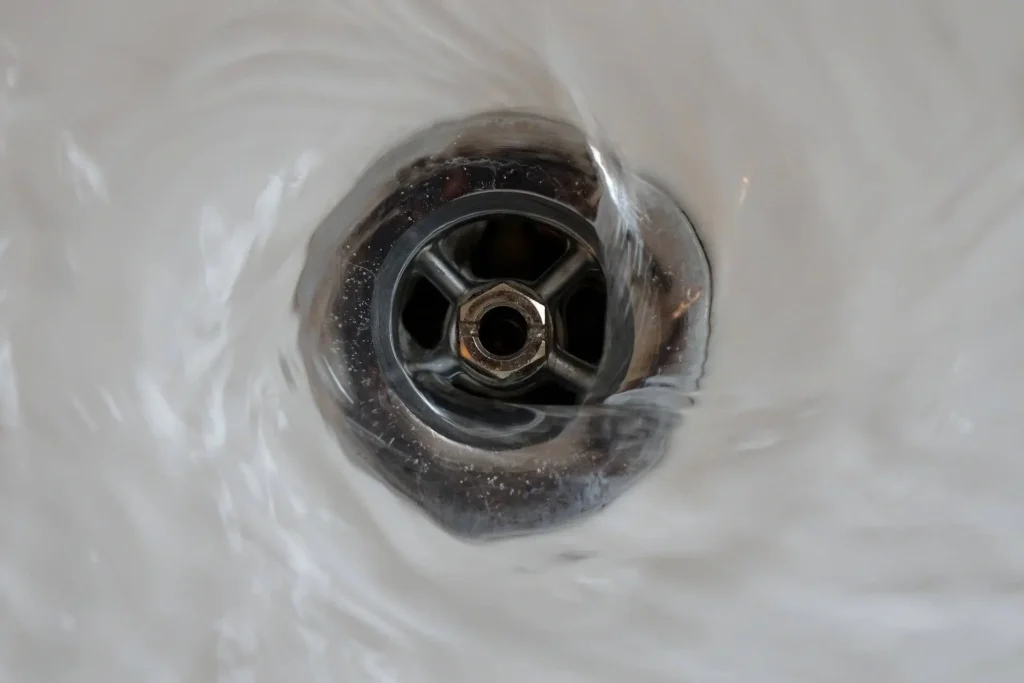
We’ve all been there: standing knee-deep in sudsy water, frustration mounting as the water level in your sink or tub refuses to budge. A clogged drain can bring your day to a screeching halt. But fear not, fellow warriors against plumbing woes! You don’t need harsh chemical drain cleaners to conquer clogged drains. Here are some effective, eco-friendly methods to get your water flowing freely again:
The Plunger: Your First Line of Defense:
The trusty plunger is your first line of attack for most drain clogs.
- For sink clogs: Fill the sink with enough water to cover the cup of the plunger. This creates a seal that forces the clog loose. Plunge vigorously for 15-20 seconds, then slowly pull up to release the pressure. Repeat if necessary.
- For bathtub or shower clogs: If you don’t have a bathtub overflow hole, you’ll need to create a temporary seal. Stuff a wet rag into the overflow hole to prevent air from escaping. Fill the tub with enough water to cover the plunger flange and plunge vigorously for 15-20 seconds. Release the pressure slowly and repeat if needed.
The Baking Soda and Vinegar Powerhouse:
This classic combo is a natural and effective way to tackle greasy clogs.
- Pour half a cup of baking soda down the drain.
- Follow it with a cup of white vinegar. The mixture will fizz as it reacts, breaking down the clog.
- Let the mixture sit for 30 minutes to an hour.
- Flush the drain with hot water.
The Boiling Water Option:
Boiling water can be surprisingly effective for dissolving greasy clogs, especially in kitchen sinks.
- Boil a kettle of water.
- Carefully pour the boiling water down the drain. Be cautious of hot water splashing back.
- Wait 15 minutes and then flush with cold water.
The Eco-Friendly Drain Snake:
For stubborn clogs deeper in the pipes, a drain snake can be your hero. There are two main types:
- Zip-it drain snake: This handy tool has a plastic cable with a barbed end that grabs onto hair and debris. Insert the cable down the drain and turn the handle to remove the clog.
- Auger: A more robust option, the auger has a long metal cable that can reach deeper clogs. If you’re not comfortable using an auger, consider calling a plumber.
Preventing Future Clogs:
- Install drain screens: These handy tools catch hair and debris before they enter the drain.
- Avoid pouring grease down the drain: Grease solidifies as it cools, contributing to clogs. Let grease cool and solidify, then discard it in the trash.
- Don’t flush non-flushable items: Tissues, coffee grounds, and food scraps can contribute to clogs. Only flush toilet paper and human waste.
If you are a writer you know more about the home improvement niche only on Floryvulyura 24h
By following these tips and tricks, you can unclog your drains like a pro, all without resorting to harsh chemicals. Remember, prevention is key! With a little effort and some eco-friendly practices, you can keep your drains flowing freely and avoid future plumbing headaches. Happy unclogging!
